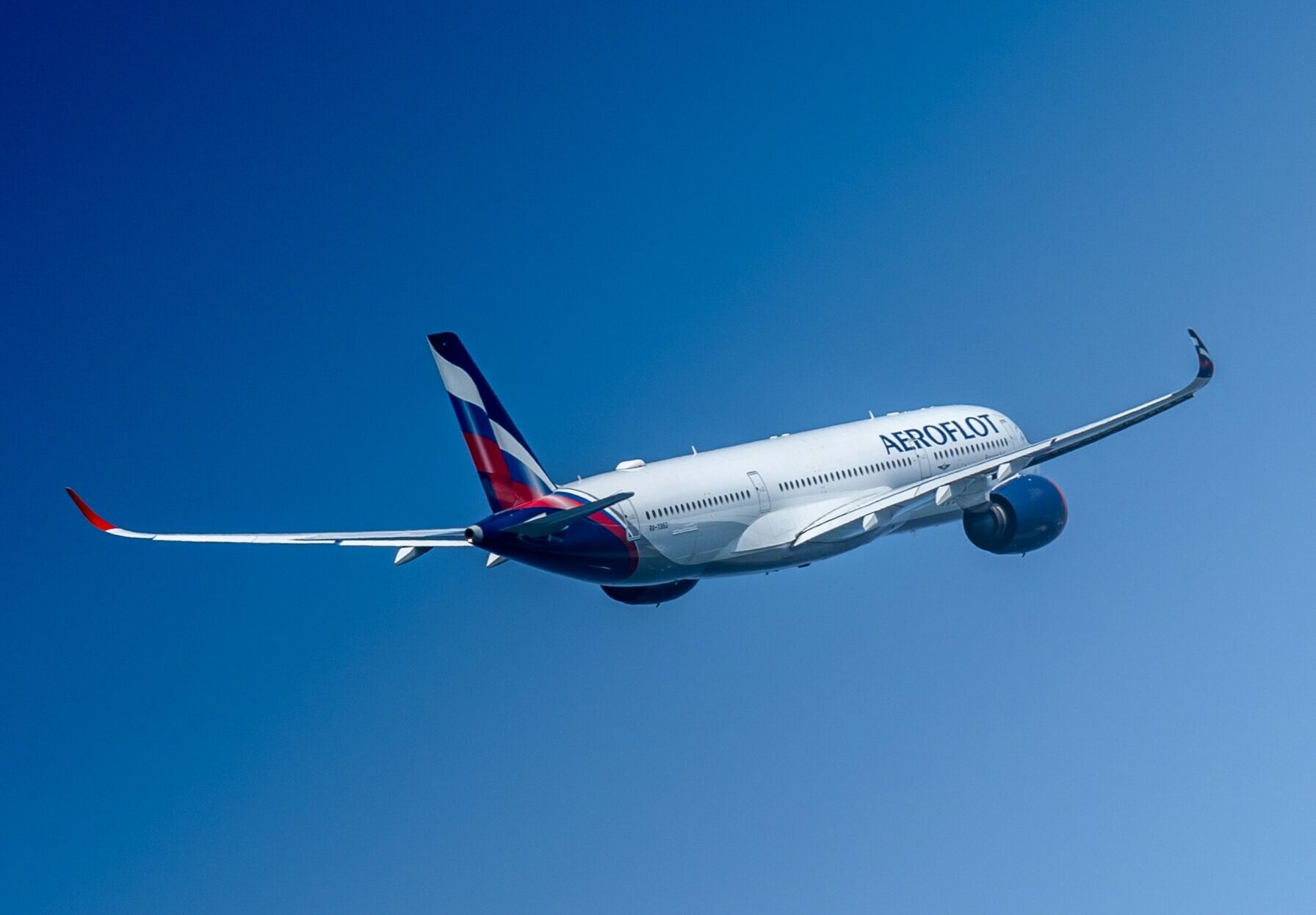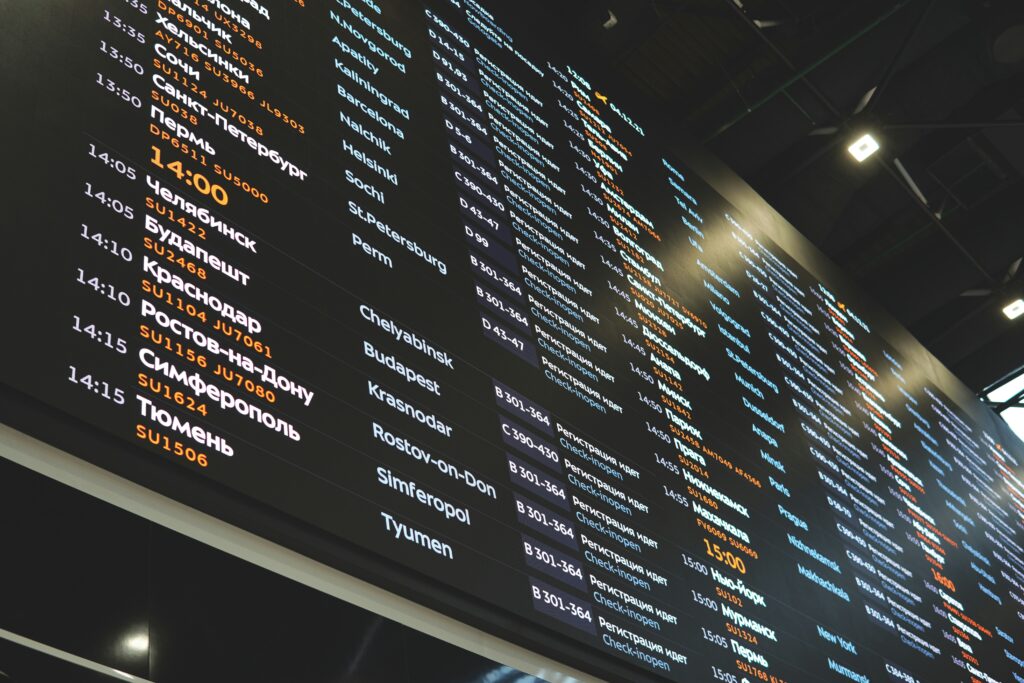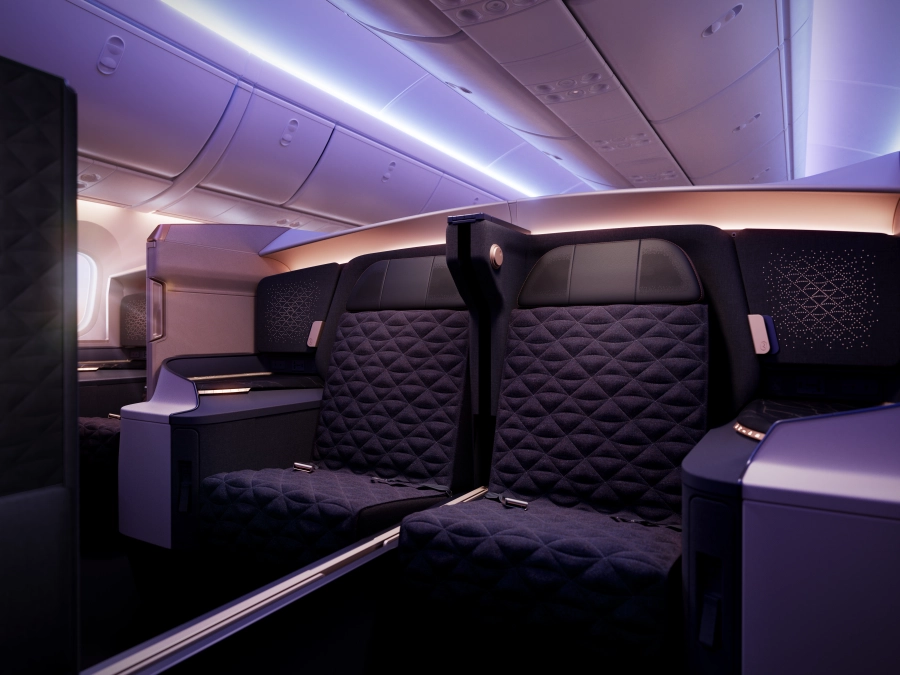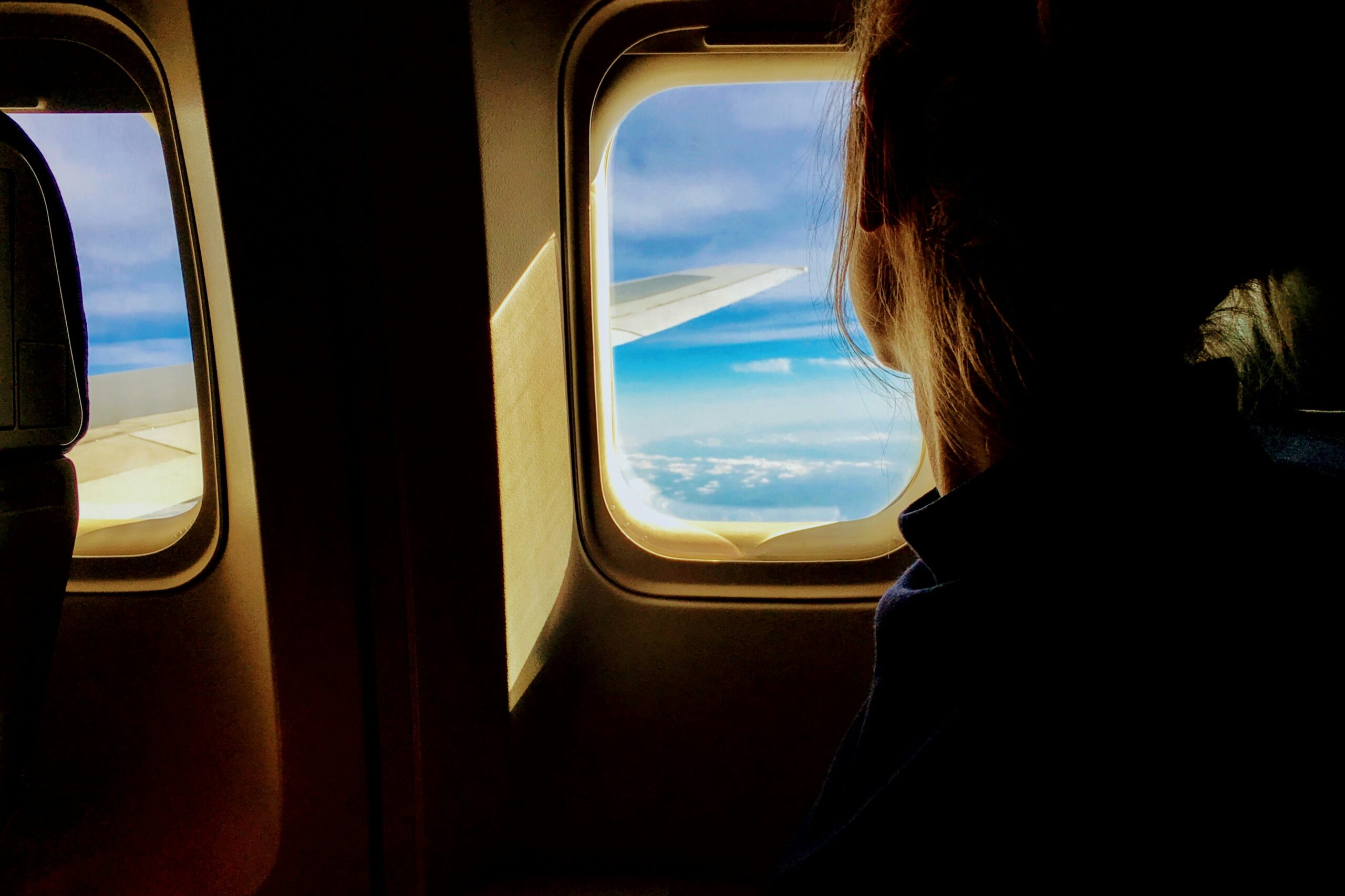Will Trump Reopen U.S. Skies to Russian Carriers? Talks Underway
Russian diplomats hope Trump will re-open air space to its planes
by Lauren Smith
March 5, 2025

Photo: Courtesy of Soekarno Omar / Unsplash
Russia is hoping a thawing of tensions with the United States under President Trump could mean the U.S. re-opens air space to its aircraft three years after it was closed following the invasion of Ukraine.
Russia’s Ministry of Foreign Affairs announced on Friday that it had requested the resumption of direct flights between the countries during a meeting with U.S. officials in Istanbul.
The Russian agency said diplomats “meticulously explored avenues to overcome numerous irritants inherited from previous US administrations,” including airspace closure.
Russian Flights Banned Since 2022
The United States, alongside its Western allies, closed its air space to all Russian flights in early March 2022, part of a sweeping package of sanctions aimed at penalizing Russia for its invasion of Ukraine just days earlier.
Then President Biden said the closure of American airspace to Russian flights would “further isolate Russia and add an additional squeeze on their economy.”
Previously, there were a limited number of direct flights between the U.S. and Russia, all operated by Russian state-owned airline Aeroflot:
| Departure Airport | Destination Airport | Frequency |
|---|---|---|
| Moscow Sheremetyevo (SVO) | New York John F. Kennedy (JFK) | 2x daily |
| Moscow Sheremetyevo (SVO) | Los Angeles International (LAX) | 2x daily |
| Moscow Sheremetyevo (SVO) | Washington Dulles International (IAD) | 3x weekly |
| Moscow Sheremetyevo (SVO) | Miami International (MIA) | 3x weekly |
While the U.S. State Department advises its citizens to avoid traveling to Russia, those who do now have to connect through the Middle East, using carriers such as Turkish Airlines or Emirates.
Russia is Also Banned In Europe
Following the closure of U.S. airspace, Putin responded by similarly barring U.S. and most European-flagged airlines from flying over Russia.
The ban has forced Western airlines to find new, longer routes to Asia, increasing flight times and ticket prices.

Photo: Courtesy of Alexander Nrjwolf / Unsplash
Typical flight times between major European cities and Japan have increased by around two hours due to the restrictions. In the most dramatic example, Finnair’s Helsinki (HEL) to Seoul, South Korea (ICN) flight now takes a 12-hour polar route compared to 8.5 hours before.
Carriers have also reduced passenger and cargo loads to allow them to carry more fuel for these marathon flights and paused the launch of new Asian routes.
Meanwhile, China Benefits
The airspace restrictions have also given an advantage to non-Western airlines in the post-pandemic reconstruction of air links to China. Flights between Europe and China were down 7 percent last summer compared to 2019.
But all of that decline is down to European airlines, which have cut 52 percent of their Chinese routes over five years cutting Chinese routes. In contrast, Chinese airlines increased their capacity to Europe by 22 percent over the same period.

Photo: Courtesy of Airbus / A. Domenjou
Air capacity between the U.S. and China stands at just a quarter of its pre-pandemic levels, and the DOT under Biden refused to authorize new flights from Chinese carriers unless they avoided Russian airspace.
It’s not yet known if the Trump administration will be amenable to Russia’s request to reopen airspace. In January, Trump threatened Putin with “high levels of Taxes, Tariffs, and Sanctions” if he didn’t end the war in Ukraine.
However, this week, the White House asked the State and Treasury Departments to draw up lists of sanctions that could be relaxed, possibly as leverage to secure a deal with the Kremlin.
Meanwhile, European countries are unlikely to join the U.S. in resuming flights through Russia. Last week, the European Commission renewed its sanctions against Russia and extended its ban on Russian flights to include third-country airlines that conduct domestic flights within Russia or supply aviation goods to Russian airlines.
Russian airlines such as Aeroflot have struggled to obtain parts for their dozens of Airbus and Boeing-manufactured planes due to the sanctions and have resorted to cannibalizing older planes for parts and importing parts through intermediaries such as Tajikistan, UAE, Türkiye, China, and Kyrgyzstan. Therefore, even if the Trump administration manages to reinstate permits for Russian carriers to fly into the country, the safety protocols imposed by regulators might impede things further.




